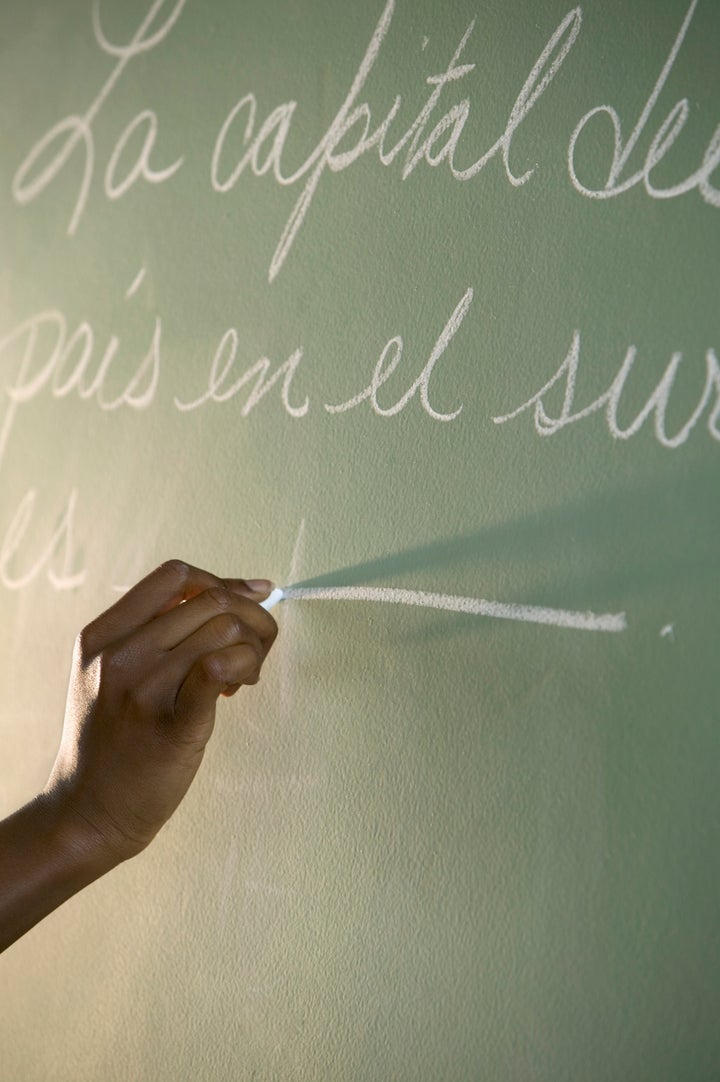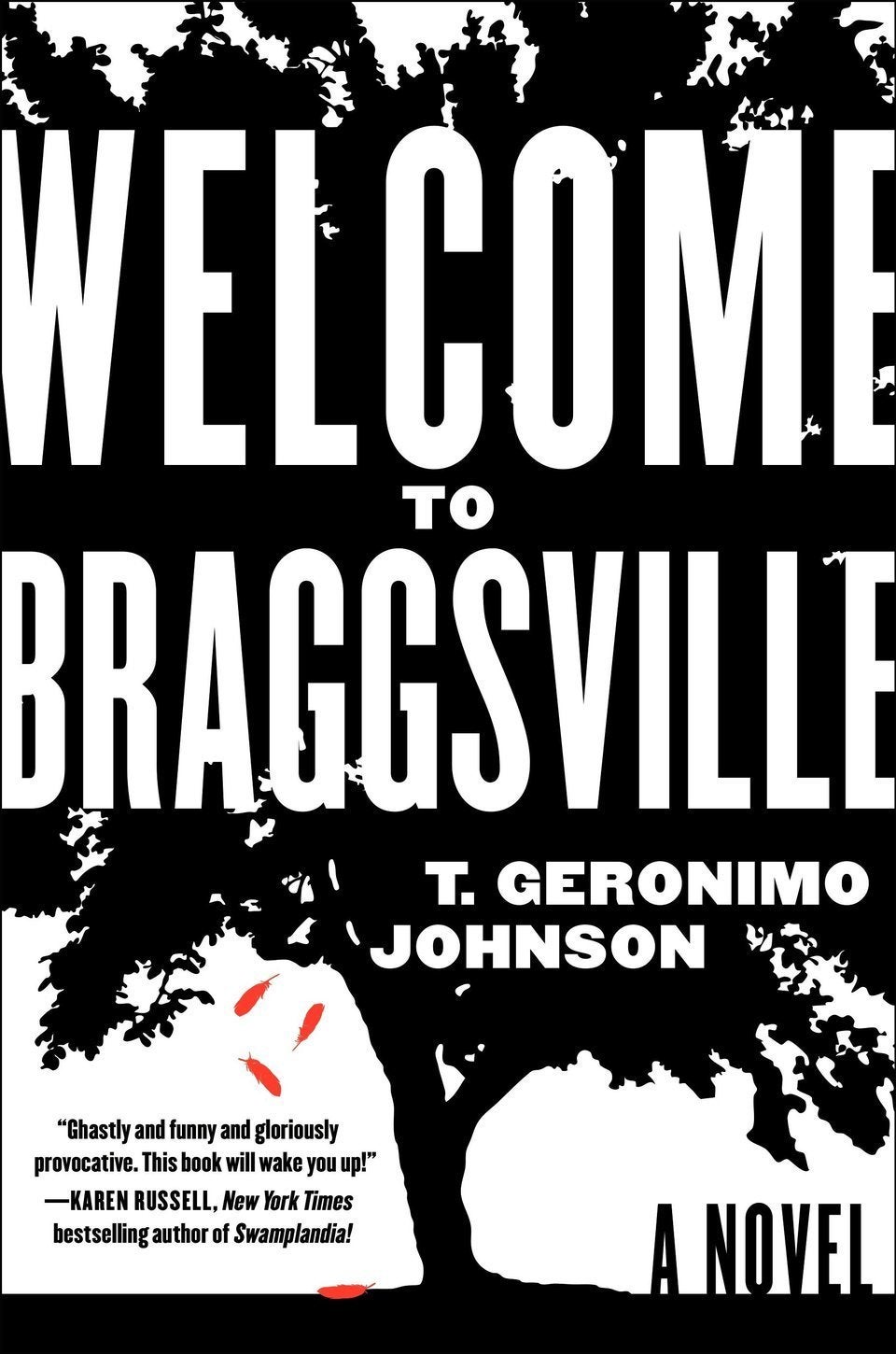
I’ve always thought that if I learned anything from cursive lessons in elementary school, it was the art of persuasion.
When my second grade teacher, Mrs. Hasselhoff, let me and my fellow students know that it was time to put away our copies of Mr. Popper’s Penguins and fetch our lined, instructional handwriting books, we moaned in protest. We voiced the arguments we would later fine tune in calculus class: why do we have to learn how to do something we’ll never use in the real world? Why are such rigid rules being imposed upon us, stifling our creativity?
Most post-school conversations I’ve had about learning cursive reflect more of the same, with a few shaky hypotheses thrown in the mix. “Everyone has to have a signature,” one colleague suggested. “Maybe the point is to teach you how to have a signature.” I nodded in agreement: entire years of educational instruction have been devoted to stranger, more obsolete skills. (Although my knitting and apparel teacher might disagree.)
Still curious, I poked around to figure out why handwriting matters, whether cursive in particular is important, and whether kids are still learning it, inundated as they are with on-screen options for conveying their thoughts.
I found that there are a few academics working in the field of early childhood education who are devoted to the importance of handwriting instruction. Of all the studies I could find centered on the importance of writing things out by hand versus typing them on a keyboard, none refuted the fact that physically transcribing letters is useful in developing skills that aid in learning and memory.
Perhaps the biggest proponent of handwriting -- at least in the field of early childhood education -- is Dr. Laura Dineheart, who does research at Florida International University.
Plainly put, Dineheart said in an interview with The Huffington Post, “Our research found that children who were better able to produce letters, numbers and shapes in preschool demonstrated better academic achievement in second grade.”
The reason for this, Dineheart says, is that children and adults use all of their senses when they’re learning something. When we use motor skills while learning, we’re more likely to retain the information. So, when a young learner draws an image of the letter “A,” the physical action is different from drawing an image of the letter, “B.” On the other hand, pressing a key on a computer that types those letters means performing the same action, regardless of which letter it is.
“If I learn how to produce the letters efficiently, which is the goal of developing 'good handwriting,' then I can become more efficient at writing words, writing sentences, and ultimately, writing in general,” Dineheart says.
Tapping into my childhood tendency to play devil’s advocate, particularly where handwriting exercises are concerned, I asked her whether there are any other activities a child could participate in that would lead to the development of the same motor skills used when writing letters by hand. In her response, Dineheart reiterated the uniqueness of handwriting as a means of developing writing skills. “I am not arguing that we should throw out the keyboards, smart phones and tablets,” she said. “But we know from years in research in development that young children are not just little adults, they are unique in how they learn.”
If Dineheart’s thoughts sound defensive, there’s a reason for it. When Common Core standards were implemented nationwide in 2010, handwriting was largely ignored in elementary curriculums, mentioned only in lesson plans for kindergarten and first grade. In retaliation, some states, such as North Carolina, Alabama and Indiana, floated bills that would make handwriting -- and cursive in particular -- a regular part of the school day.
While the benefits of writing letters and words out by hand seemed clear to me after speaking with Dineheart, the question of the value of cursive went unanswered. There are myriad defenses for script that I’ve come across, all a little more plausible than teaching kids to sign a respectable looking signature. One argument cites that certain historical letters and documents won’t be readable by non-cursive writers; another, that most of us have heard as students, posits that cursive is faster than writing print, to which many a second-grade dissenter might grumble, “Speak for yourself.”
But cursive does have one benefit that teachers of children with learning disabilities say is inarguable: kids with dyslexia have an easier time forming words with connected, fluid letters. The fluidity of connected letters could help learners without disabilities develop better motor skills, too. But, most researchers such as Dineheart don’t focus on script in their research. Instead, they stick with the type of handwriting now favored by American schools: print.
“We are making decisions without having the research to guide those decisions,” speaking of our country’s collective move away from cursive. So, though the debate wages on, the cognitive value of cursive remains unclear.
CORRECTION: An earlier version of this story misstated the title of the book Mr. Popper's Penguins.
Also on HuffPost:



